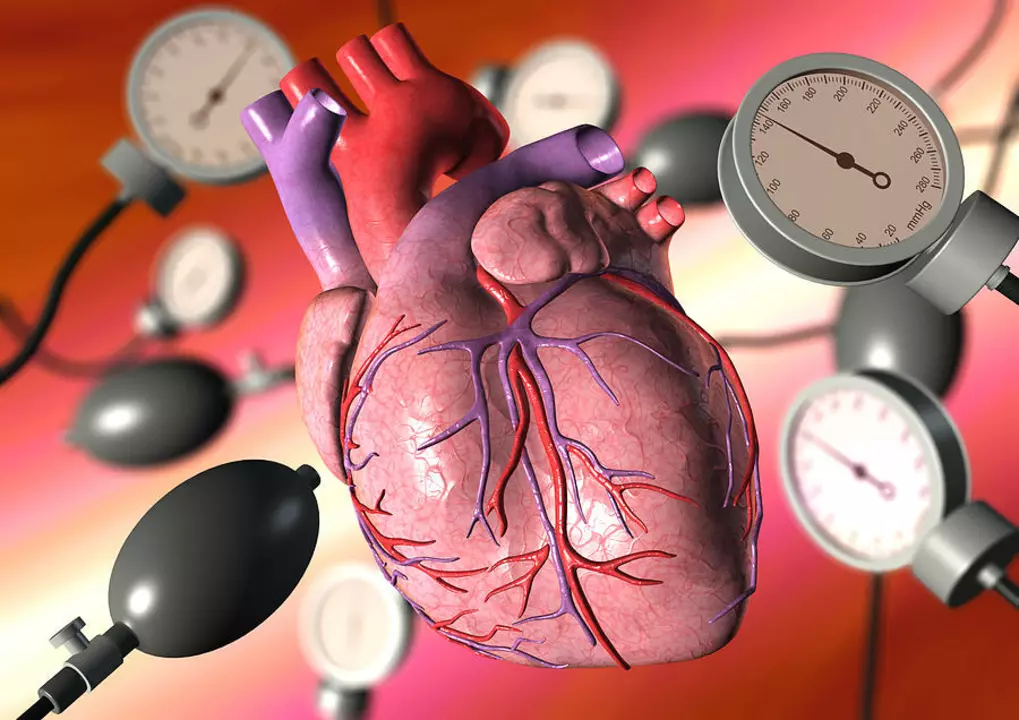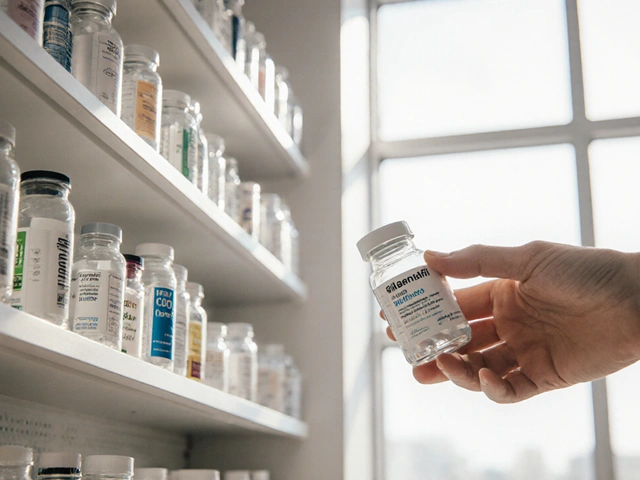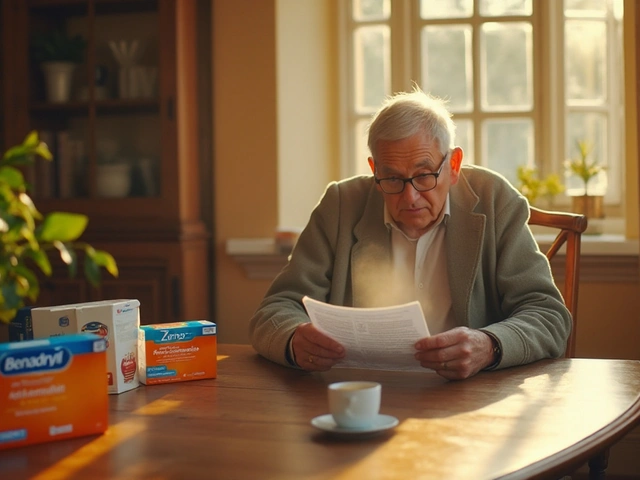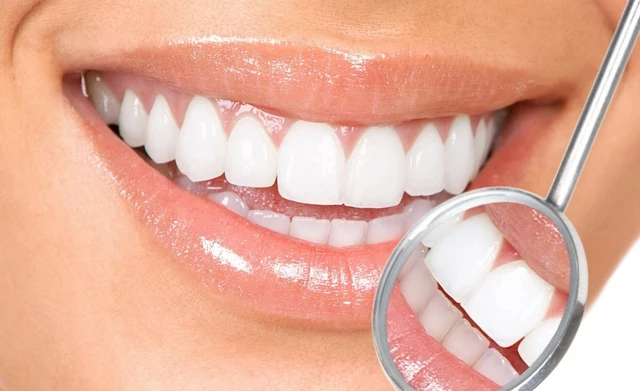Hypertension treatment: practical steps to lower your blood pressure
High blood pressure doesn't have to control your life. With a few clear habits and the right meds when needed, you can cut risk of heart attack, stroke, and kidney damage. This page gives straight, usable steps you can try today and explains how common hypertension drugs work and what to watch for.
Practical lifestyle steps
Start by checking your blood pressure at home with an upper-arm cuff validated for accuracy. Write down readings and bring them to appointments — home numbers often give a truer picture than clinic readings. Aim for 30 accurate readings over two weeks: morning and evening works well.
Reduce sodium to under 1,500–2,300 mg per day. That usually means cooking at home, skipping processed snacks, and rinsing canned foods. Swap salt for herbs, lemon, and pepper to keep flavor without sodium.
Move more: target 150 minutes of moderate activity weekly, like brisk walking, swimming, or cycling. Even three 10-minute brisk walks spread through the day add up and lower pressure. Lose excess weight — losing 5–10% of body weight often drops blood pressure significantly.
Cut back on alcohol (one drink a day for women, two for men is common advice) and stop smoking. Limit caffeine before home readings, since it can raise numbers briefly. Manage stress with simple tools: 5–10 minutes of deep breathing, steady sleep, and regular routines improve pressure over time.
Medications: what to expect
If lifestyle changes aren't enough, your doctor may prescribe medication. Common classes include thiazide diuretics, ACE inhibitors, ARBs, calcium channel blockers, and beta-blockers. Each works differently — diuretics remove extra fluid, ACE inhibitors relax vessels, ARBs block angiotensin effects, calcium blockers reduce vessel contraction, and beta-blockers slow the heart rate.
Expect to start with one drug at a low dose. If blood pressure stays high, your clinician may add a second medicine from a different class. Side effects vary: cough with ACE inhibitors, leg swelling with some calcium blockers, or increased urination with diuretics. Tell your doctor if side effects bother you — often a quick switch helps.
Take meds the same time each day and use a pill organizer or phone alarm. Missing doses reduces benefit and raises risk. If you feel suddenly dizzy, faint, or notice a very low reading, contact your provider — do not stop meds abruptly without guidance.
Keep regular follow-ups and share home readings. If you have diabetes, kidney disease, or heart problems, targets and drug choices can differ — your provider will individualize treatment. Small consistent changes add up: monitor, move, eat better, and take meds as prescribed. That combo gives you the best chance to control hypertension and feel better every day.
Track patterns: note time of day, activity, and meds with each reading to spot triggers. Ask about generics and drug coupons if cost is a barrier. Seek immediate help for chest pain, sudden weakness, slurred speech, or severe headache — those can mean a hypertensive emergency. Small, steady steps beat quick fixes. Talk with your clinician.

The Benefits of Using Azilsartan for Hypertension Treatment
After researching about hypertension treatments, I've discovered the many benefits of using Azilsartan. This medication effectively lowers high blood pressure, reducing the risk of heart attacks, strokes, and kidney problems. It's also proven to work faster and provide longer-lasting control over blood pressure compared to other drugs in its class. Side effects are generally mild, making it a popular choice for patients and doctors alike. Overall, Azilsartan is a reliable and efficient option for managing hypertension.
Detail




